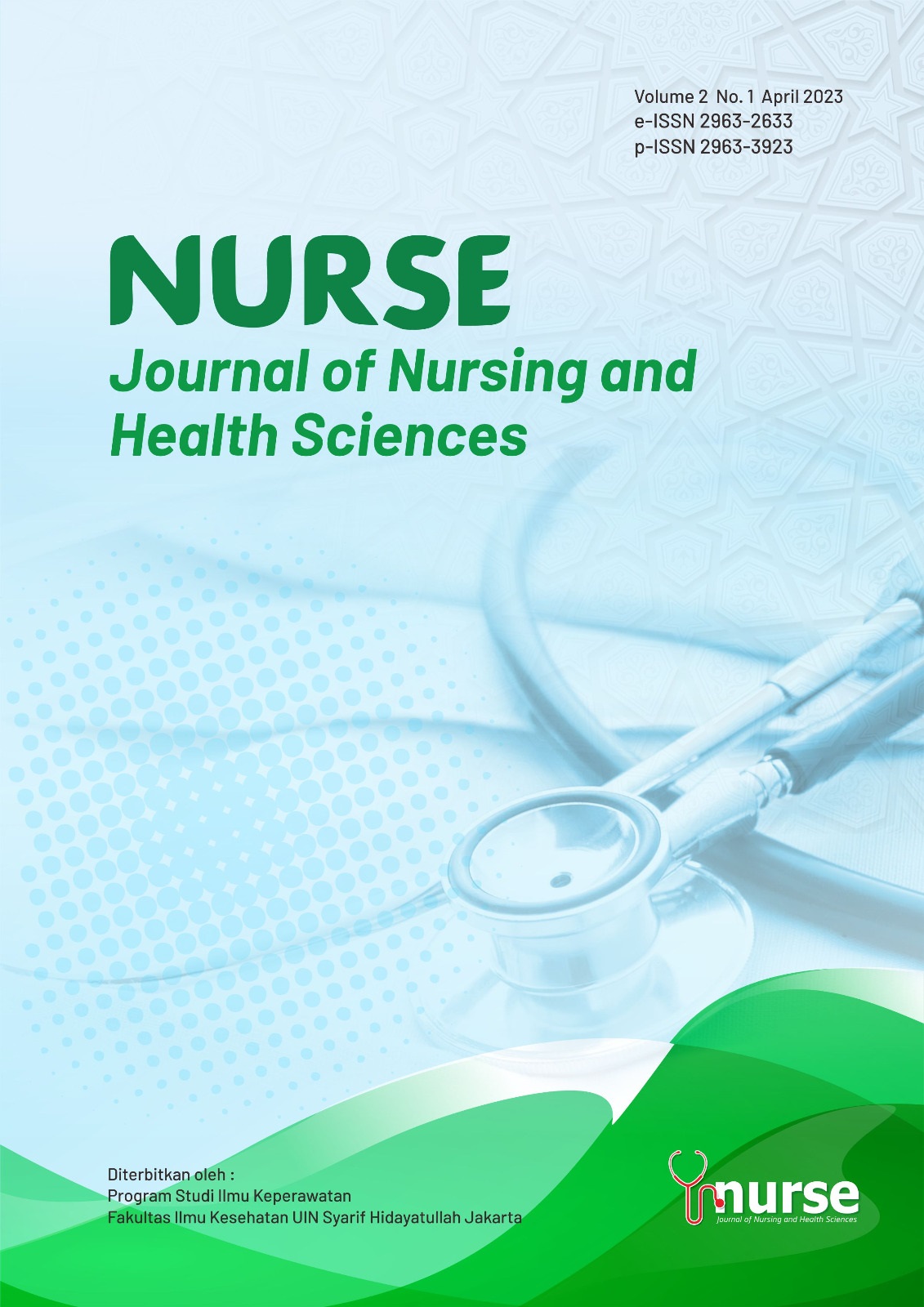ANALISIS KEBUTUHAN PENGEMBANGAN KOMPETENSI (AKPK) PEGAWAI PUSKESMAS SERPONG 2 TANGERANG SELATAN
DOI:
https://doi.org/10.15408/nurse.v2i2.35940Keywords:
Health Center, ASN Competency, Competency DevelopmentAbstract
ABSTRACT
Competency development is an effort to fulfill ASN competency needs. Every ASN has the right to obtain competency development. ASN competency standards are an embodiment of a description of the knowledge, skills, and behavior needed by an ASN in carrying out their duties. This competency includes 3 elements, namely Technical Competence, Managerial Competence, and Socio-Cultural Competence. The aim of this study is to describe Managerial competencies (Integrity, Teamwork, Communication, Orientation on Results, Public Service, Development of self and others, Managing Change, and Decision Making) and Social-Cultural Competence (Perekat Bangsa) to then be analyzed in order to obtain appropriate competence development results for employees. The research method used is Quantitative Descriptive. The sample in this study were 29 respondents with total sampling technique using inclusion criteria. Data were collected using the questionnaire method from the 2017 Permenpan & Rb competency dictionary. The analysis used in this study was univariate analysis. The results showed that there were employees who had not reached the good criteria in Managerial Competency in the category of cooperation with 1 employee, communication with 2 employees, orientation towards results 1 employee, public service with 1 employee, self-development and other people with 2 employees, managing change with 1 Employees and several recommendations for competency development for these employees are training for work team development, training for effective communication, training for organizational performance through learning, training for public services for government agencies, training for self-development and ASN professionalism, and training for adaptability.
Keywords:
References
Fitriani, A., & Halik, P. (2023). Analisis Kebutuhan Pengembangan Kompetensi
Manajerial Melalui Penilaian Kompetensi Pada Jabatan Fungsional Tertentu Provinsi Sulawesi Selatan. 2(2), 318–326.
Karno. (2020). Service Excellence-Pelayanan Puskesmas. Sumedang: ALQAPRINT JATINANGOR
Kementerian Kesehatan. 2019. Permenkes No. 43 Tahun 2019 Tentang Pusat Kesehatan Masyarakat’’
Kementerian Pendayagunaan Aparatur Negara dan Reformasi Birokrasi. 2017. ‘’ Permenpan & RB No. 38 Tahun 2017 Tentang Standar Kompetensi Jabatan Aparatur Sipil Negara’’
Lembaga Administrasi Negara. 2018. Peraturan Lembaga Administrasi Negara No. 10 Tahun 2018 Tentang Pengembangan Kompetensi Pegawai Negeri Sipil.
Meilifa, dkk. (2022). Hubungan Kompetensi Manajerial dan Sosial Kultural dengan Akuntabilitas Kinerja Organisasi Pemerintah: Studi Kasus di BPOM . diakses di
https://ejournal.iwi.or.id/ojs/index.php/iwi/ article/download/107/69. pada 19 Juli 2023
Notoatmodjo, S. (2012). metodologi penelitian kesehatan. Jakarta: Rineka Cipta.
Penelitian, B., Magelang, K., & Sipil, P. N. (2020). Jurnal Jendela Inovasi Daerah. 1, 87–100.
Saksono, T., Suhartono, B., Salak, A., Indrawati, Azmi, A. F., Asmarianti, Nigroho, A. A., Yusuf, R. R., Mersa, A.,
Faozan, H., Sartika, D., Yuningsih, Y., Soantohon, S. M., Puspasari, A., & Abdulah Andani. (2021). Antologi pengembangan kompetensi ASN: teori, kebijakan, dan praktik (Vol. 1, Issue December). https://www.bppdapwi.com
Sugiyono. 2014. Metode Penelitian Kuantitatif, Kualitatif dan R&D.
Bandung : Alfabeta.
TJAHYANTI, S., & CHAIRUNNISA, N.
(2021). Kompetensi, Kepemimpinan, Disiplin Kerja Terhadap Kinerja Karyawan Human Resources and Facilty Management Directorate. Media Bisnis, 12(2), 127–132.


